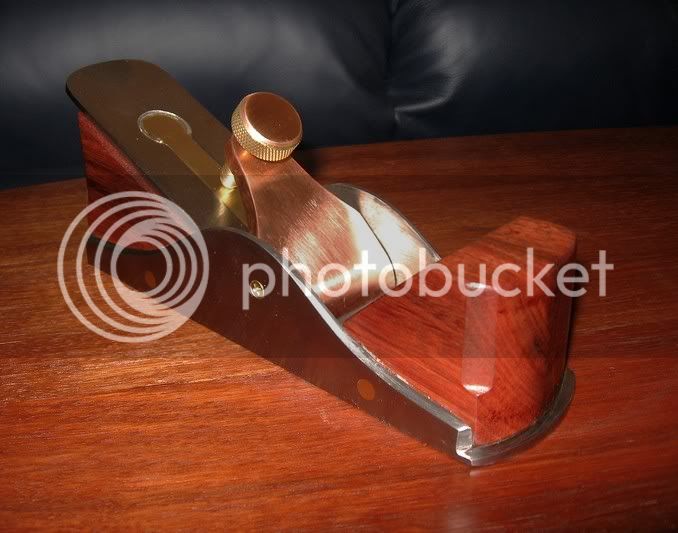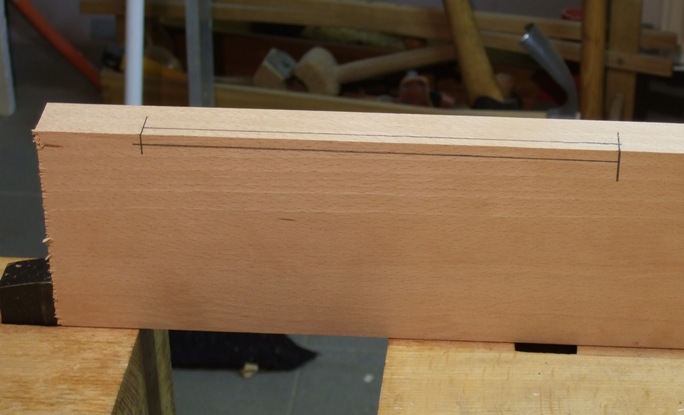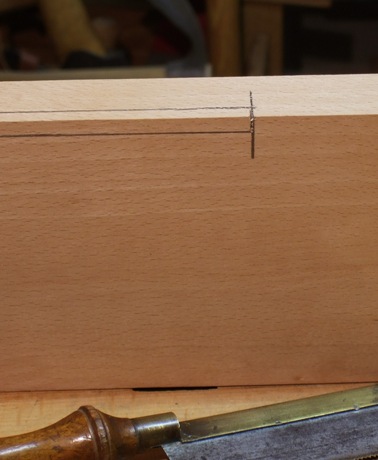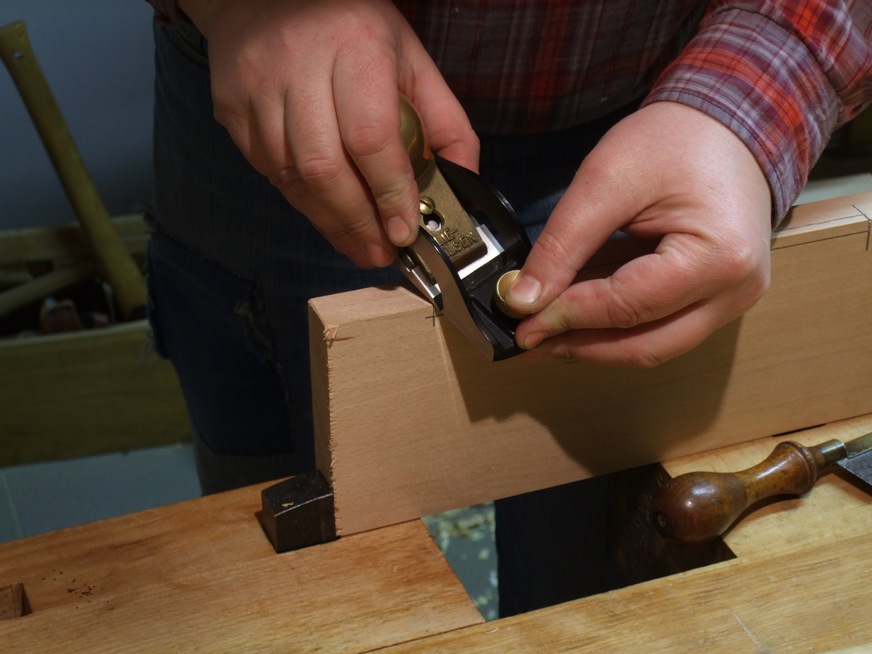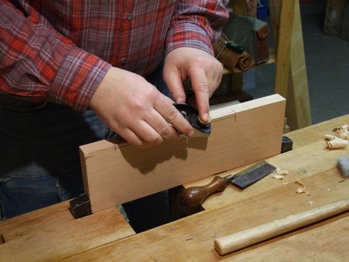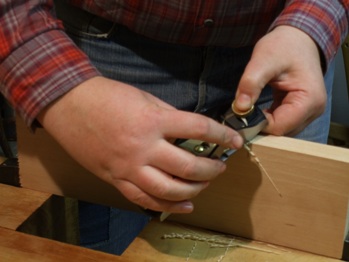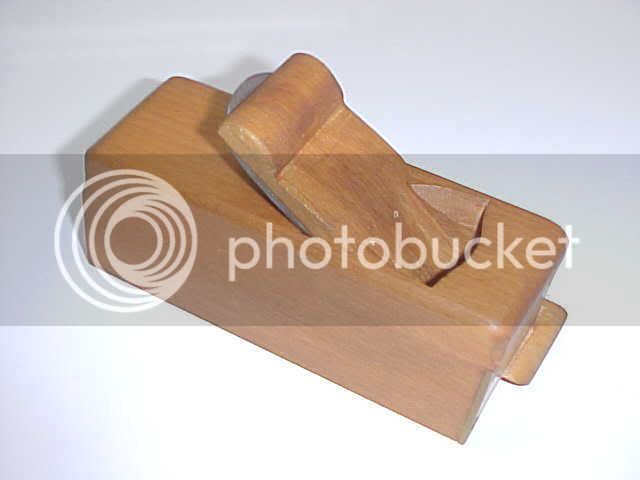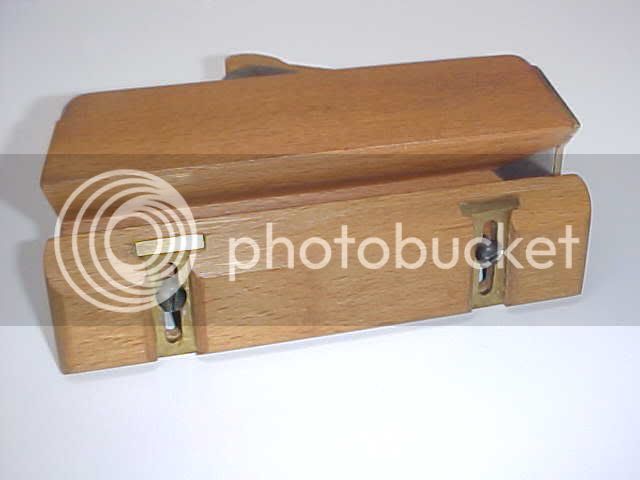pitch pine
Established Member
Can anyone give a hand tool stop chamfer lesson? I am cutting them on reclaimed pitch pine, approx 5x5" section. I am copying the chamfers on 3 newell posts that came from an old staircase.
Many thanks.
Many thanks.


































